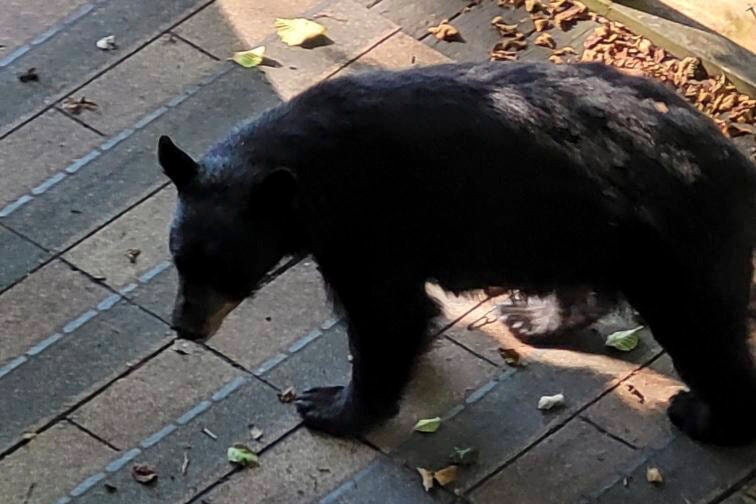Although 2021 was deemed an average year for bear sightings and responses by territorial government renewable resource officers, bear-related activity was disproportionately high in some areas of the Northwest Territories.
Though tamer in the Beaufort Delta and North Slave regions, bear killings by renewable resource officers ranged from the mid-30s to upper-40s in the Sahtú, South Slave and Dehcho regions — a total of 124 overall.

Regarding the higher number of bears killed in the Dehcho area — 40 of the 46 were slain in Jean Marie River and Fort Simpson — Mike Westwick, spokesperson for the Department of Environment and Natural Resources (ENR), stated that it was necessary to slay the animals for the sake of public safety as “many residents were living in tents after the floods.”
Eleven more bears wandered into Dehcho communities than in 2020, likely due to reasons associated with the flooding, such as people’s frozen food thawing in freezers, Westwick said.
He also suggested that the busier season could be attributed to ENR doing more “proactive communication” in the communities.

The significant number of responses that took place in the South Slave in 2021 — totalling at 123 overall — was “in part, due to the volume of calls from the public related to bear sightings.”
With only nine bears relocated in the territory last year, Westwick, commented that “other approaches are often more appropriate.”
“Relocation is complex and challenging to do,” he said. “Relocating bears through live traps or chemical immobilization requires multiple people, specialized equipment and training, coordination and time to conduct safely and effectively.”
Bear responses are very time sensitive, according to Westwick, especially in community settings where action needs to be taken quickly to protect people nearby.
“With four fatalities since 1998 and numerous non-fatal, yet significant human-bear conflicts over the years, we know just how dangerous that can be,” he said.
